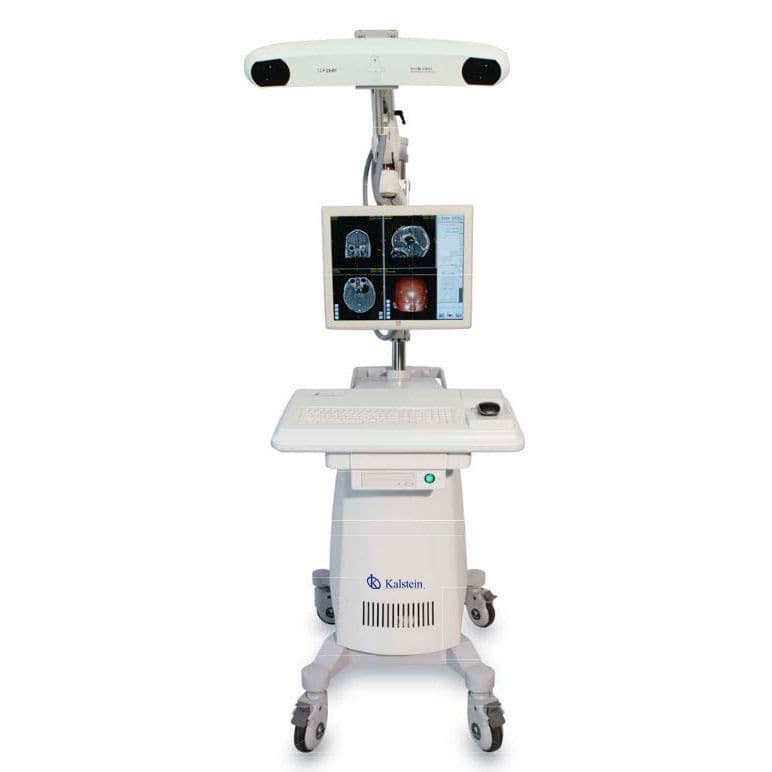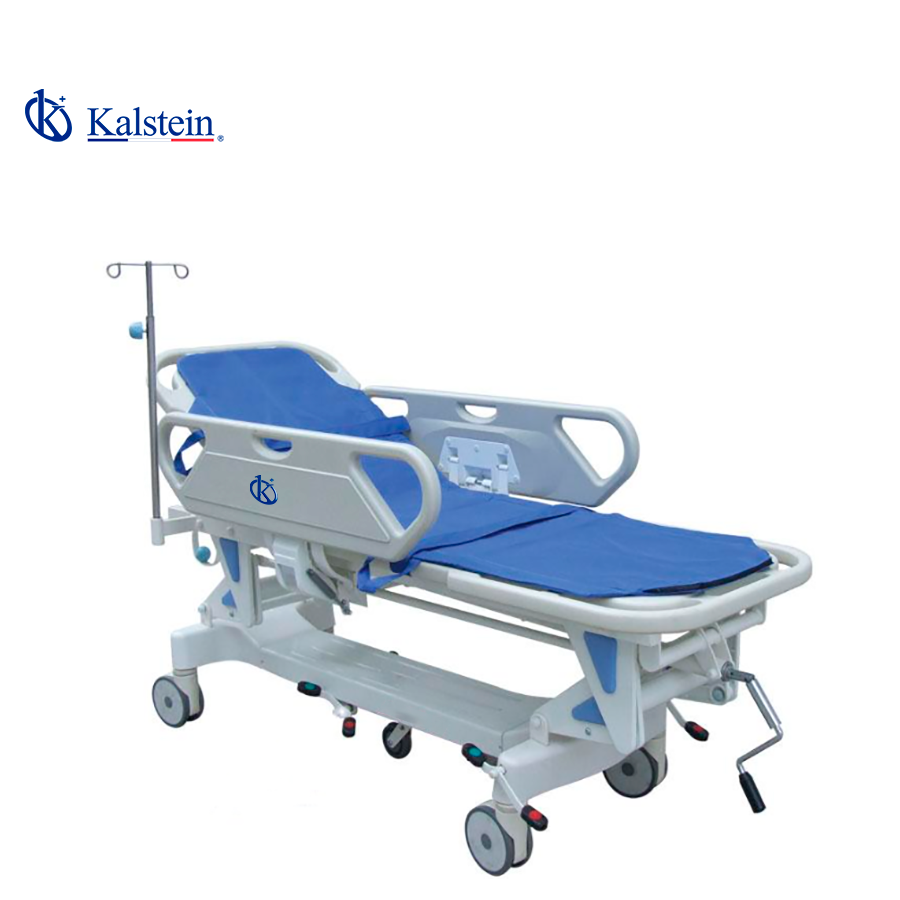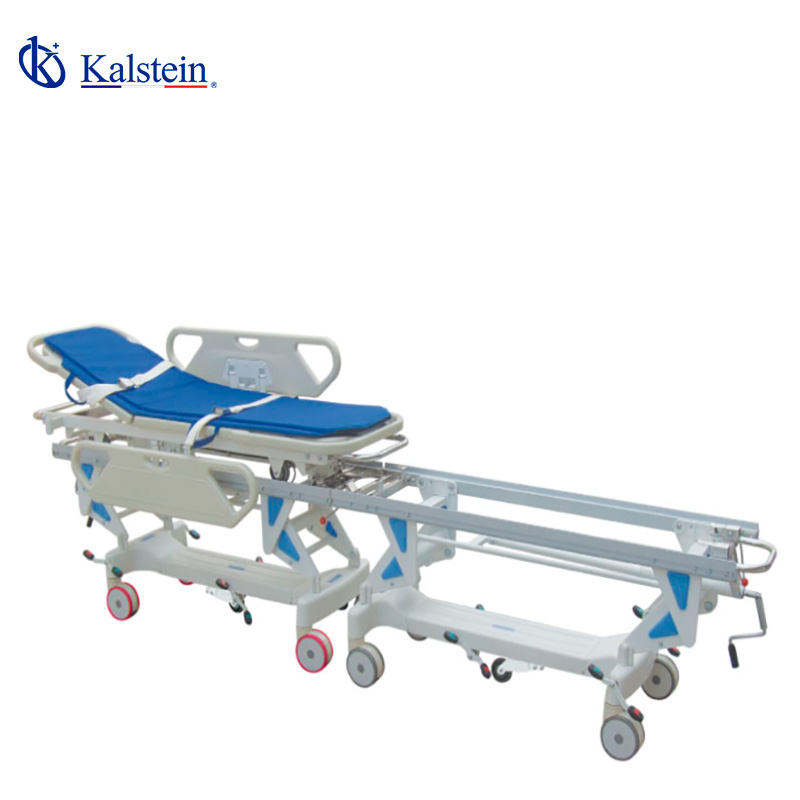Laser surgery has become an increasingly common technology. Technology has allowed surgeons to improve the control and accuracy of many surgical procedures. One of the most recent advances is the introduction of optical surgical navigators, whose applications in different fields of medicine grow every day.
In that sense, these devices are a new tool that surgeons use to improve accuracy during surgery. While these devices are a big step forward for modern surgery, there are a number of key differences between them and traditional surgical methods, which partly explain why the medical community has embraced the use of browsers.
What are the differences between the optical surgical navigator and traditional surgical methods?
First of all, optical surgical browsers are somewhat more accurate than traditional surgical methods. This is mainly because optical surgical browsers use lasers to detect relevant anatomical features. This means that the surgeon is in better control of the exact location of the intervened tissues and the depth reached in the tissue.
And this is very relevant. This increased accuracy can be significant for delicate surgical procedures, such as in the retinal area or level of brain tissues. This may also allow the surgeon to correct suture positioning and proper amounts of pressure to improve the end result.
In addition, optical surgical navigators are often safer for the patient than traditional surgical methods. This is because the surgeon is in better control of the exact location of the surgical instruments, allowing him to minimize tissue damage. The laser can also be used to precisely control the amount of pressure used when suturing. This is particularly useful with procedures such as cataract fixation, where the impact of suture pressure should be minimal.
What advantages does optical surgical browsers offer to surgery?
Optical surgical navigators may, in some cases, have greater flexibility for the surgeon. Depending on the model, many different parameters can be adjusted to improve surgical control. For example, the depth range and pressure level can be adjusted, which can greatly improve the accuracy of surgery. These devices are also often faster than traditional surgical methods, giving the surgeon greater flexibility to perform more complicated procedures.
Finally, optical surgical browsers are also often cheaper than traditional surgical methods. Many devices come with a feedback system to help the surgeon further improve the accuracy of operations. This means that fewer instruments are usually needed, resulting in a safer and less expensive surgical scene.
Why use the optical surgical navigator instead of traditional surgical procedures?
In conclusion, there are a number of key differences between optical surgical browsers and traditional surgical methods. These differences include greater accuracy in channeling tissues, a higher level of control to ensure the safety and efficiency of the procedure, and ultimately lower overall cost.
Although there are still places for traditional surgical methods, optical surgical navigators are fast becoming a standard tool for most surgical procedures. The only consideration to have been the initial cost of the investment, but in the long run, the results in terms of more successful procedures and less cost per surgery, sustain the gain of acquiring this equipment.
Kalstein’s solution in optical surgical browsers
Although the field of medical equipment is a very competitive sector, the manufacturer Kalstein has established himself as one of the leaders, and his team of optical surgical navigation is a proof of this. The design of this equipment is attractive, with screens that allow to visualize the organs of interest very clearly, with the possibility of doing three-dimensional modeling in real time, with a millimeter resolution, which is consolidated with the different probes that can be incorporated in the measurement. For the purchase and pricing of these devices, check the links HERE and HERE.



